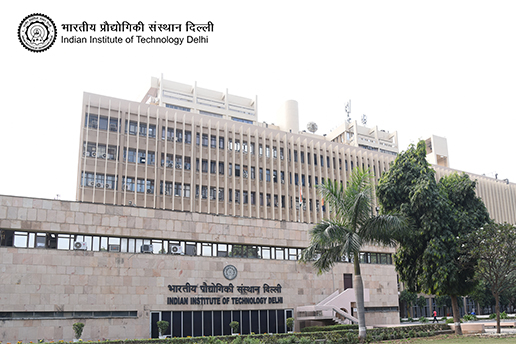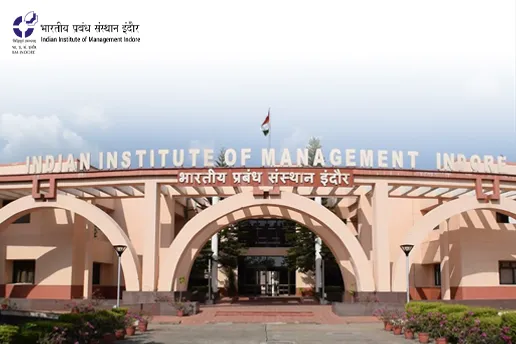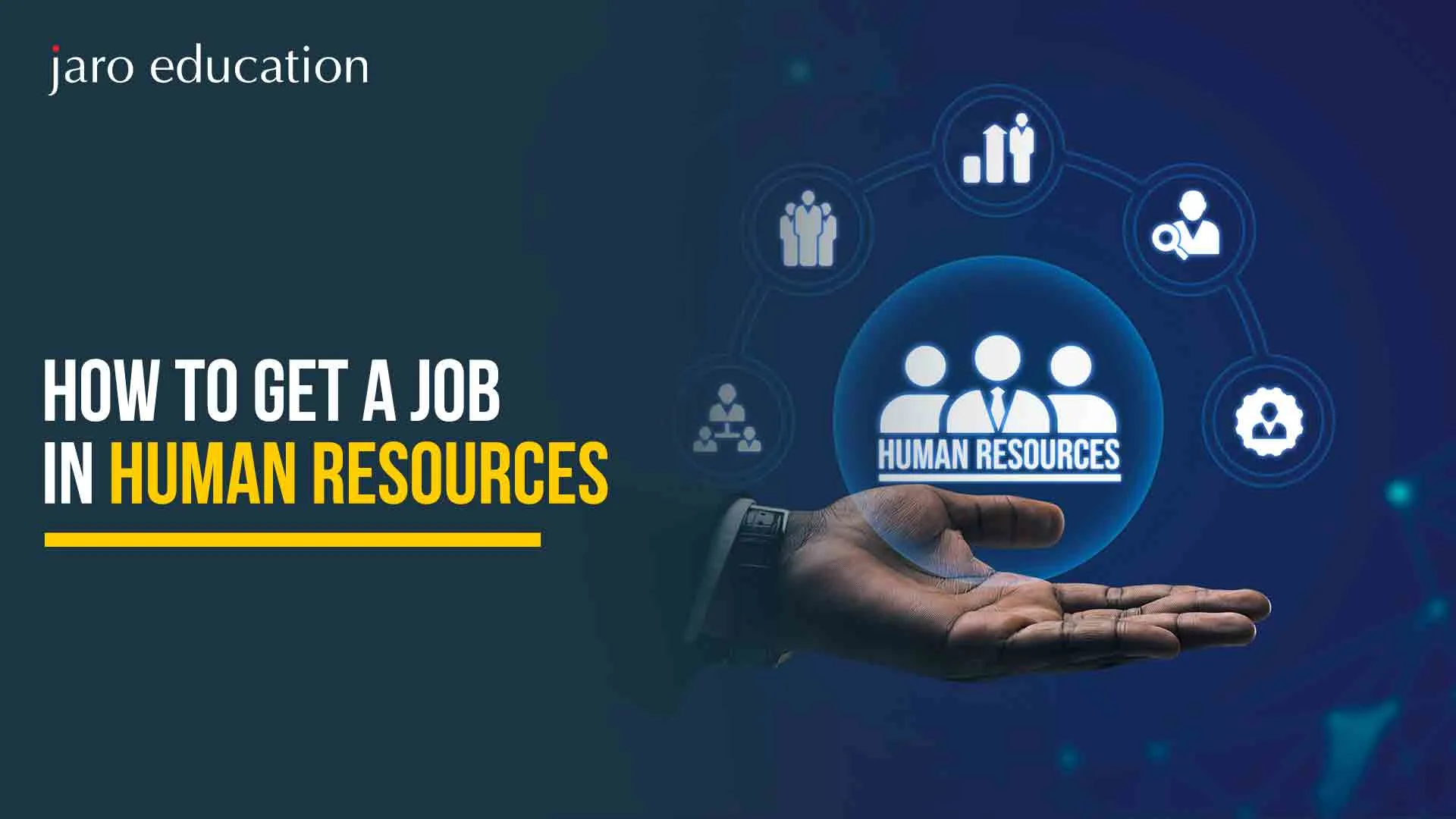7 Essential Steps for Effective Strategic Human Resource Management
Table of Contents
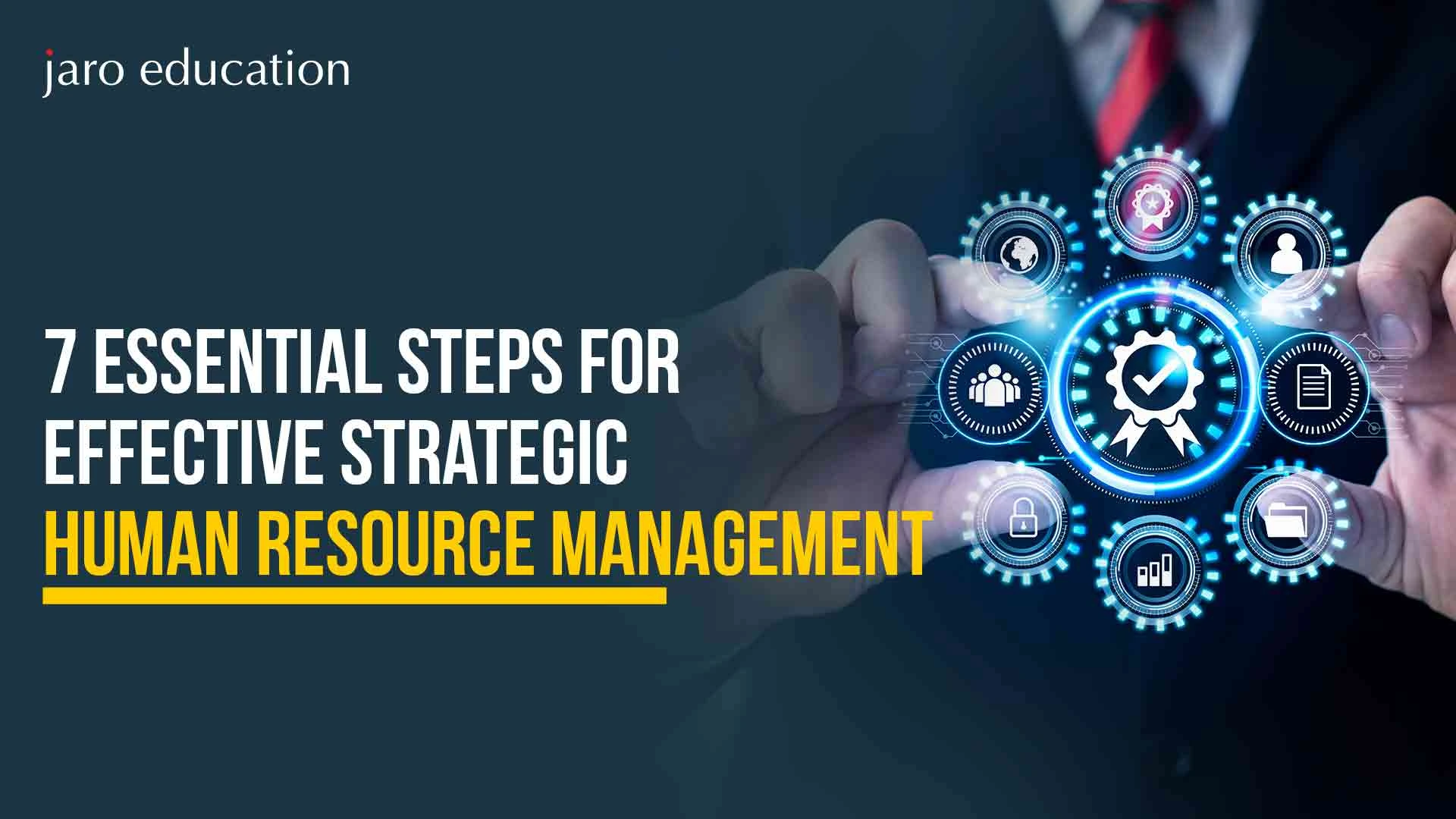
Effective human resources management strategies are essential for success in our rapidly changing business environment. Organisations that prioritise their most valuable asset—their people—generally experience long-term growth in their business.
This is where the Strategic Human Resource Management (SHRM) comes in, which has established that organisations with a strong focus on human capital practices create a competitive advantage and increase their overall financial performance.
According to McKinsey, organisations that can reallocate talent to support their strategy are more than twice as likely to outperform their competitors in financial performance. These studies suggest that strategic human resources management (SHRM) can create substantial organisational success.
In addition, companies that invest in human capital create opportunities for superior organisational performance and also create an environment that enables employees to thrive. Simply put, a practical human resources strategy is not only advantageous but can also be responsible for success within the current turbulent environment.
In this blog, let’s examine the seven fundamental steps in SHRM that can transform your HR function from a transactional function to an engaging mechanism that aligns with your corporate strategy and develops a culture of thriving.
Understanding the Core Principles of SHRM
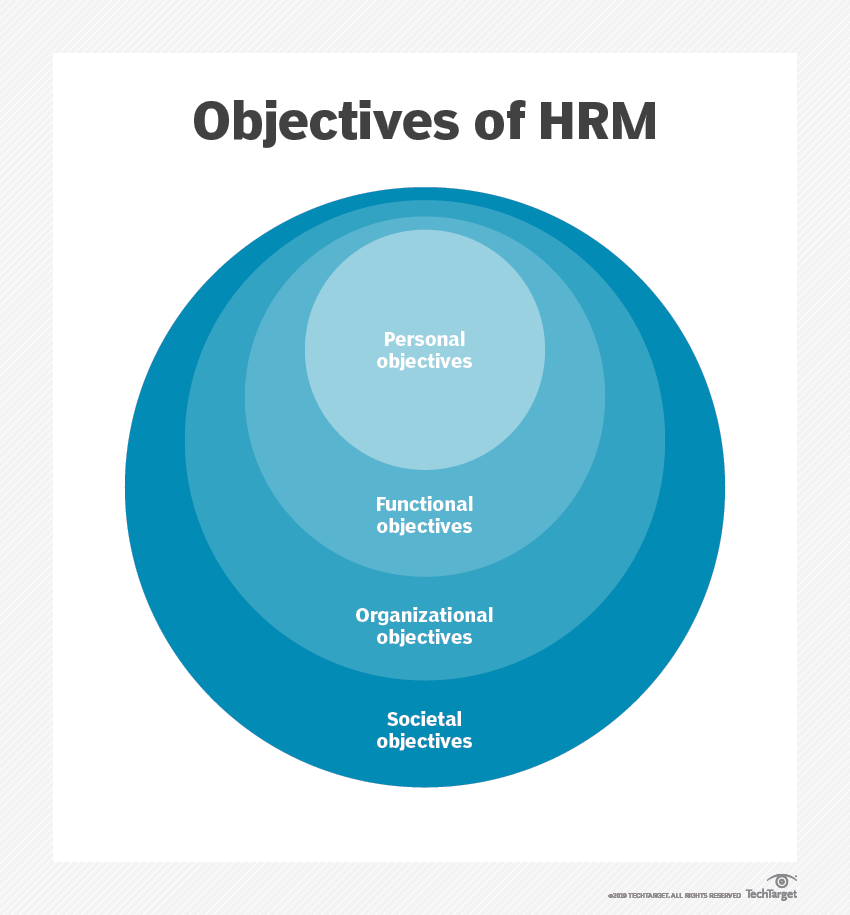
*techtarget.com
Before getting into the details, let’s understand what Strategic HRM is. It refers to a process that integrates your human resource processes into the strategic goals, objectives, and plan of your organisation. It transforms traditional HR thinking to become a partner responsible for developing innovation, growth, and competitive advantage for the organization. The connections made from the process span over a few fundamental internal forms, which include the following:
- Recruitment & Selection
- Performance Management
- Learning & Development
- Succession Planning
- Compensation and Benefits
- Human Resource Information Systems (HRIS)
- HR Data and Analytics
Did you get the 7 steps in SHRM? Great, let’s explore these in a more conversational style, making sure that each concept is not only clear but also engaging!
1. Recruitment & Selection: Finding the Right Talent
Let’s start with recruitment and selection because, after all, this process of SHRM is where it all starts. Finding the best people is like putting together a sports team—you want the best players who fit well together. When hiring, the first part of the process is preparation. Collaborate with the managers in the hiring process to understand what the role is all about and who the ideal candidate would be.
In addition, write compelling job descriptions that will get the applicants excited and speak to your organisation’s fit. Then, it’s all about sourcing the right talent. Be creative! Promote on job boards, through social media, and even encourage employees to refer their friends. After applicants get rolling in, it’s time to get to the screening. This is where you start looking at resumes, then conduct phone interviews, and perhaps provide candidates with a realistic job preview to ensure they understand what they are getting into and commit to.
Now, it is time to shine! Get a face-to-face interview scheduled, or a panel interview, to explore each candidate and their qualifications further. And don’t forget the most important part of the hiring process is checking references. By following these steps in SHRM, you can be a good host of your organisation and make the best decisions possible before making an employment offer.
2. Performance Management: Keeping the Momentum Going
After hiring the right employees, how do you engage them and help them to be at their best? This is where performance management comes into play, like a coach adjusting their game’s strategy on the sidelines. Performance management should not be viewed as a once-a-year evaluation but as an ongoing conversation.
With these steps in SHRM, establish and clarify expectations for employees and managers through an effective goal-setting process that can lead to open communication. It is important to establish feedback mechanisms, a mix of positive feedback as well as constructive feedback.
Performance management should align with the organisation’s overall strategy. When you can help an employee reach their personal best and at the same time ensure the organisation meets its strategic goals, you will establish a win-win situation.
3. Learning & Development: Fostering a Growth Mindset
Envision a firm where employees are always improving their skills and knowledge. This is an ideal situation, and it is only possible through an effective and transitioned Learning & Development (L&D) strategy. L&D is not just training programs; instead, it’s creating an environment that fosters, supports, and promotes lifelong learning and improvement for everyone.
In this process of strategic human resource management, start by identifying the skills your organization needs your employees to master to be successful. Provide a menu of options such as learning and development workshops, online certificates, mentorship programs, personal development programs, and leadership development programming to allow individual choice and to encourage individual employees to own their growth and improvement.
In addition, facilitate an experience in which team members lead “knowledge sharing” sessions to teach others what they have learned; it becomes a shared experience, everyone learns something, and it builds a sense of community among employee teams.
4. Succession Planning: Preparing for the Future
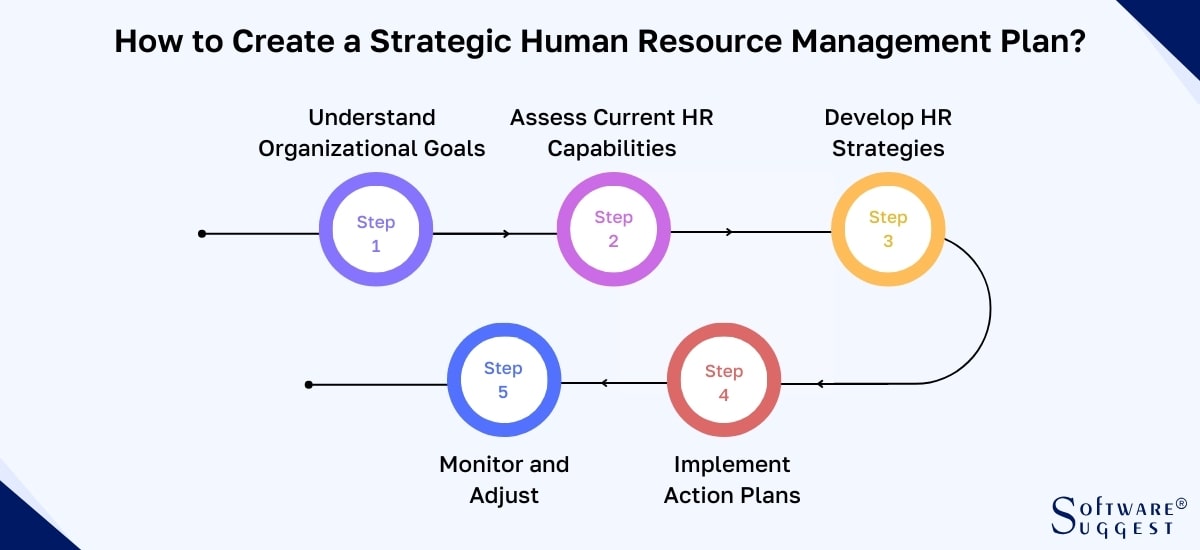
*softwaresuggest.com
Now, let’s talk about succession planning. Picture a world where your A-players are ready for future leadership positions. Sounds nice? It is essential, especially in such uncertain business environments. Strategic HR management and planning are all about preparing for anything at any time. You identify key roles in your company and identify high-potential employees for succession.
You encourage these individuals to participate in developmental training, so they will be prepared for an opportunity when it arises. Your goal is to create a transition that occurs seamlessly, so the business remains relatively unaffected by change. What’s the benefit? You ensure business continuity and stability, with minimal business interruptions that can come from employee turnover.
5. Compensation and Benefits
One of the most popular key steps in SHRM is compensation and benefits, often referred to as comp & ben. Fair compensation is essential for attracting, motivating, and retaining talent. Examples include:
- Salary
- Bonuses
- Insurance
- Retirement contributions
- Childcare benefits
- Flexible working options
Getting compensation and benefits right is critically important for two reasons. First, having a competitive offer is critical to attracting the best talent. Second, compensation and related taxes can account for as much as 70% of a business’s costs, which is why it is important to weigh this against the organizational budget and profit margin.
Therefore, HR needs to continuously monitor the organization’s compensation and benefits. It should also be noted that what drives employee satisfaction is fairness instead of the amount they are paid. In other words, employees will have a much more favourable attitude regarding their pay depending upon their view of the company’s pay philosophy and process, no matter the actual pay amount
6. Human Resource Information System (HRIS)
The last two fundamentals of HR management are tools designed to enhance HR effectiveness. The first is the Human Resources Information System (HRIS).
Most HRIS solutions support various HR processes and practices discussed earlier. However, these functionalities are sometimes spread across multiple HR systems. For instance:
- HR professionals may use an Applicant Tracking System (ATS) for recruitment and selection to manage applicants and new hires.
- Performance management systems track individual goals and performance ratings.
- Learning and Development (L&D) may utilize a Learning Management System (LMS) to distribute internal learning content, while other systems manage budgets and training approvals.
- Compensation specialists often rely on payroll systems.
- Digital tools are available for effective succession planning.
According to the annual Digital Employee Experience Audit, 30% of companies still use more than ten different HR systems. This highlights the significant digital component of HR, making the HRIS an essential topic in HR management.
7. HR Data and Analytics
The last core steps in SHRM are data and analytics. Within the past ten years, HR has transformed dramatically into a data-driven force in work. The HRIS mentioned before is a data collection system, and any data in these systems could be used to improve decision-making processes.
In addition to data collection, HR metrics and KPIs can help track specific data points to measure the organization’s performance against critical data. This function is called HR reporting, which focuses on current and historical data.
With HR & people analytics, HR departments can even predict workforce needs, turnover intentions of employees, and how certain aspects of the employee experience will impact customer satisfaction By measuring and analyzing this data, HR can make more objective, data-driven decisions, which also build greater support from management.
How Can Jaro Education Help You Build a Successful Career in HR?
If you’re looking to advance your career in HR, Jaro Education is the perfect place to start! We’re a well-known online education and upskilling company with plenty of experience. Our goal is to help passionate learners like you with career counselling and academic support.
At Jaro Education, we partner with some of India’s top institutions to offer excellent online courses in management, marketing, and technology. Our programs are designed to give you the skills and knowledge you need to thrive in today’s competitive job market.
Plus, for many programs from prestigious institutions like IIT and IIM, we act as a marketing and technology partner. This means you get access to cutting-edge education that’s both relevant and impactful. Join us and take your first step toward success!
Final Thoughts
As businesses evolve and adapt to the hybrid work environment, the demand for HR professionals is skyrocketing. Many institutes offer online human resource management courses. If you’re already working in HR and looking to advance your career, consider enrolling in one of Jaro Education’s top HR management courses. Not only will you gain insights into strategic human resource management, but you’ll also earn a certificate.
Frequently Asked Questions
What is a Human Resource Strategy?
A Human Resource strategy is a comprehensive plan for managing human capital to ensure alignment with business objectives. It provides direction for all key HR areas.
How to Create an HR Strategy?
One effective model for developing an HR strategy is the standard causal model of HRM. This model illustrates the origins of HR strategy and its impact on HR execution and overall business performance.
How to Align HR Strategy with Business Strategy?
To align an HR strategy with the business strategy, it’s essential to use the organization’s vision and goals as the central focus for all HR activities.
Example of an HR Strategy
While each HR strategy is customized to meet the specific needs of an organization, generally it encompasses:
- Shaping and managing organizational culture to support strategic business objectives.
- Overseeing talent acquisition, talent management, and compensation practices.
- Determining how organizational resources are allocated and utilized.









